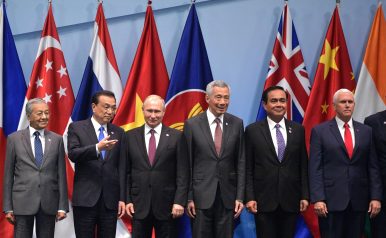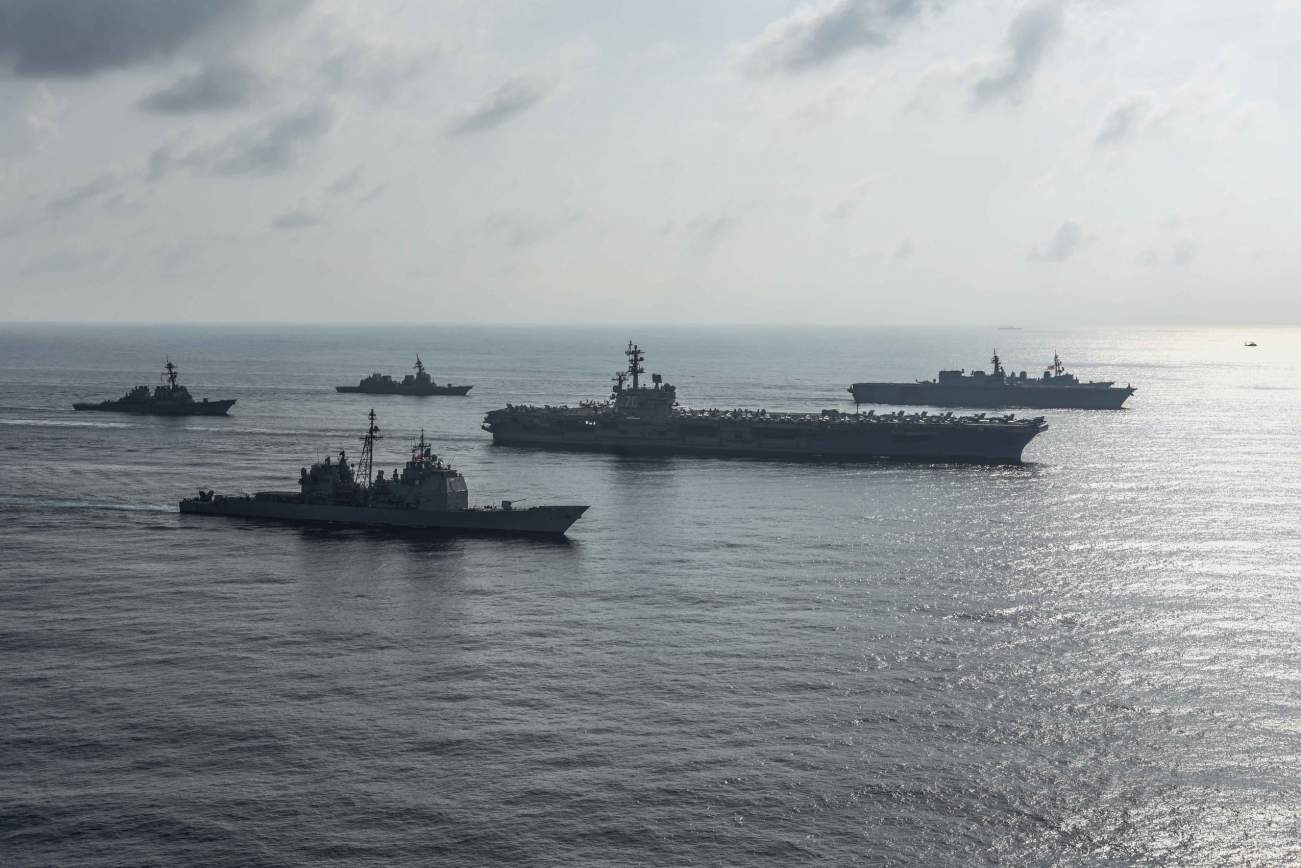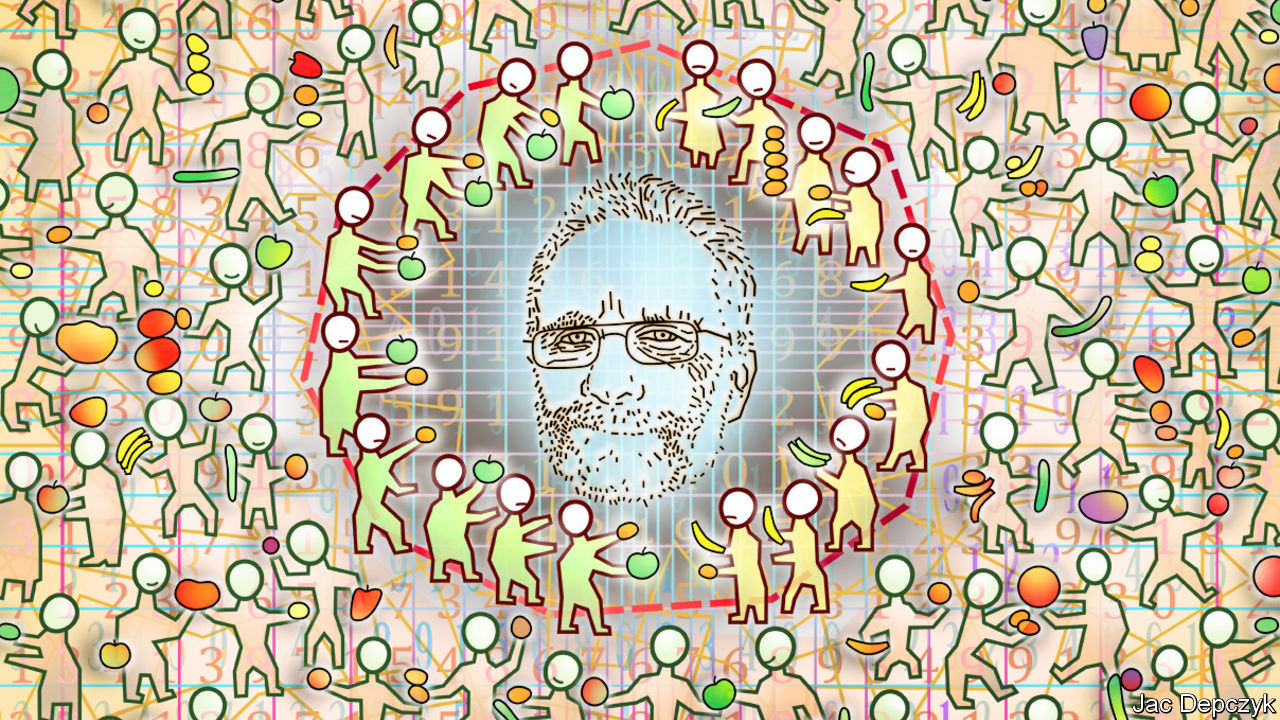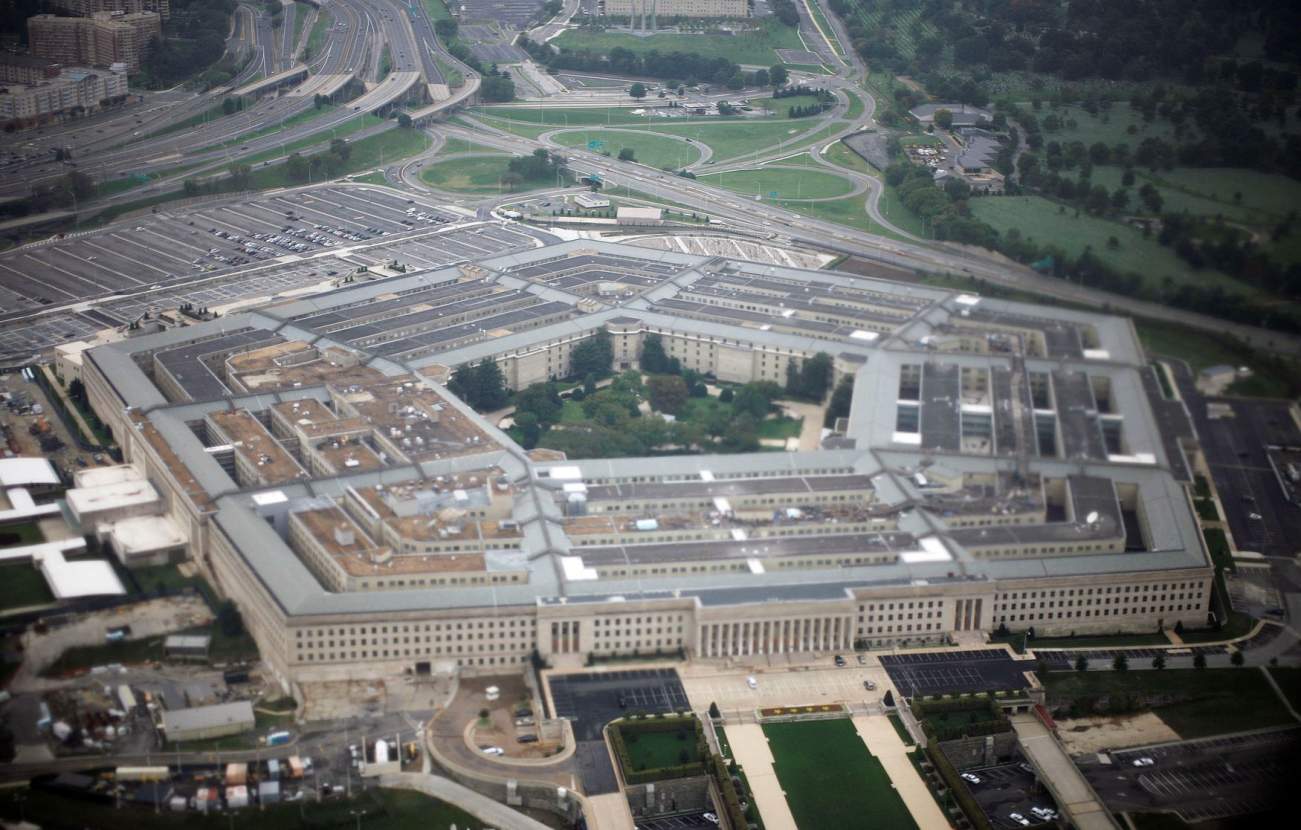V. Anantha Nageswaran
 Social media is busy analysing S. Gurumurthy’s speech at the Vivekananda International Foundation on 15 November. He is a government nominee on the board of directors of the Reserve Bank of India (RBI). The board is meeting on 19 November, hence, the extraordinary interest in and reactions to his speech. It was an impressive speech and one that is thoughtful and thought-provoking, as always.
Social media is busy analysing S. Gurumurthy’s speech at the Vivekananda International Foundation on 15 November. He is a government nominee on the board of directors of the Reserve Bank of India (RBI). The board is meeting on 19 November, hence, the extraordinary interest in and reactions to his speech. It was an impressive speech and one that is thoughtful and thought-provoking, as always.
In principle, the idea that a country that faces a twin-balance sheet problem—in the corporate and in the banking sector—should have the option to consider a central bank-funded government expenditure programme is not that outlandish. It is conceptually correct. Problems arise in translating it into reality.



















/arc-anglerfish-arc2-prod-mco.s3.amazonaws.com/public/FBXQXJRW3FBTDBOAGIG42NAA6M.jpg)


